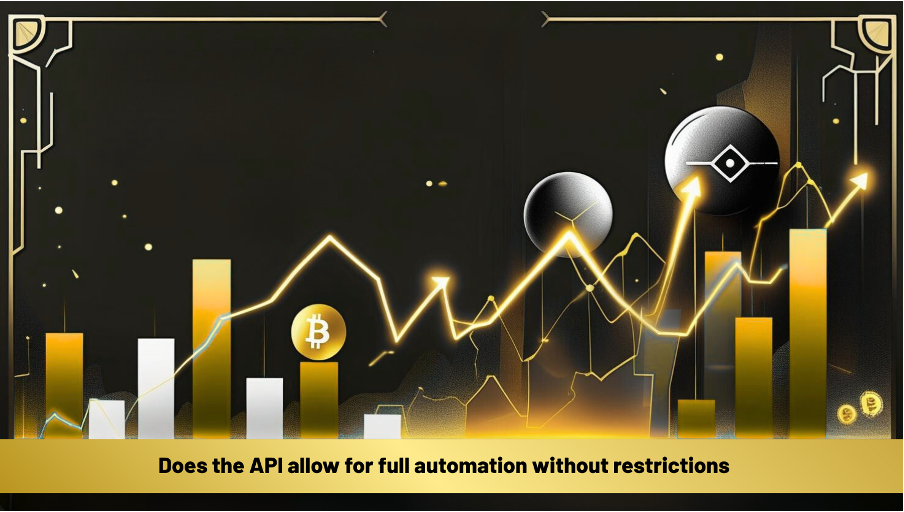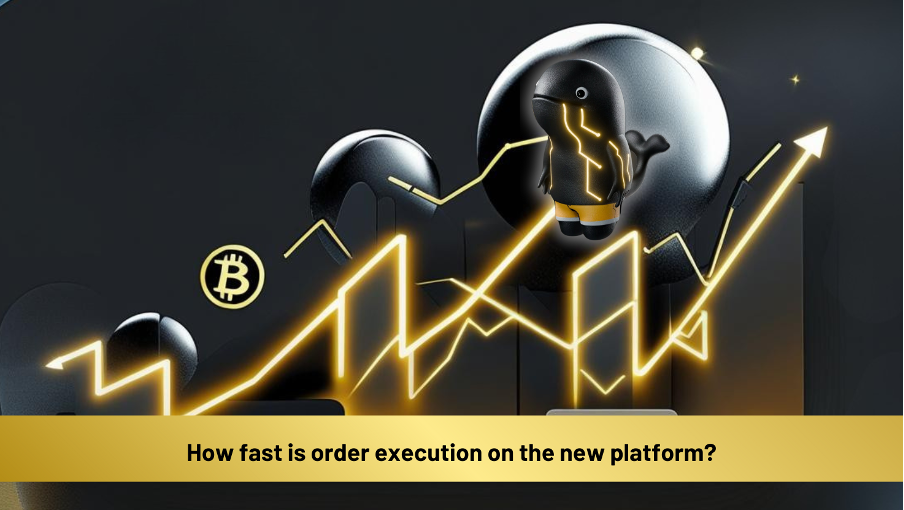For serious algorithmic traders and developers, the API is not a bonus feature — it's the engine. Yet many platforms claim to offer “full automation” while hiding limitations that cripple advanced use. In this article, we explore what true API freedom looks like and what power users should demand from their trading infrastructure.
The illusion of full automation
Plenty of APIs are marketed as powerful or open, but once you start building, the cracks appear. You may run into rate limits that throttle execution, lack of advanced order types like OCO or trailing stops, or restrictions that prevent you from trading across multiple accounts or symbols simultaneously.
Some APIs don’t support webhook-triggered execution, forcing you to rely on slower polling methods. Others lack granular access control, exposing your system to unnecessary risk if you’re managing bots or working with collaborators.
The result? You spend more time working around limitations than optimizing your trading logic.
What full automation should actually mean
If you’re running bots, real-time data feeds, and complex strategies, your API should allow you to place, modify, and cancel any type of order across any supported market. You should be able to trigger actions instantly from external systems, and access full account data: balances, PnL, historical trades, and more.
Managing multiple bots and accounts in parallel should be seamless. Your execution logic should run entirely without UI dependencies or manual approvals. Just as critical is the ability to assign fine-grained permissions — like read-only access or strategy-specific API tokens — to maintain security and control.
In short, the API shouldn’t just be accessible — it should be built for production.
What advanced users actually need
Power users look for REST and WebSocket support, not just outdated polling endpoints. Webhook-ready triggers are essential for real-time responsiveness.
Clear, up-to-date documentation with real examples is non-negotiable. A sandbox environment to test entire workflows before going live? That’s another must-have.
Support for bulk orders, multithreaded execution, and parallel processing are also crucial. If your platform only allows sequential, single-stream logic, you’ll hit bottlenecks that slow down your strategy and hurt performance.
How deep bot does it differently
At Deep Bot, automation isn’t a buzzword — it’s the foundation. Our API enables you to go from signal to execution without manual steps or hidden blockers.
We provide real-time WebSocket feeds, fast REST endpoints, and token-based access controls down to the action and asset level. You can coordinate multiple bots, accounts, and strategies without friction. And with sandbox mode, you can test your full setup safely before deploying live.
There are no gimmicks. No silent restrictions. Just the infrastructure you need to build, scale, and run fully automated trading systems.
If automation is critical to your trading, your API isn’t just another tool — it’s your competitive edge. So ask yourself:
Can this API run my entire strategy, without limits, in production?
If not, maybe it’s time to switch to one that can.
note: The information provided is for educational purposes only and does not constitute financial advice; the crypto market carries high risk, so invest only the capital you are prepared to lose.




